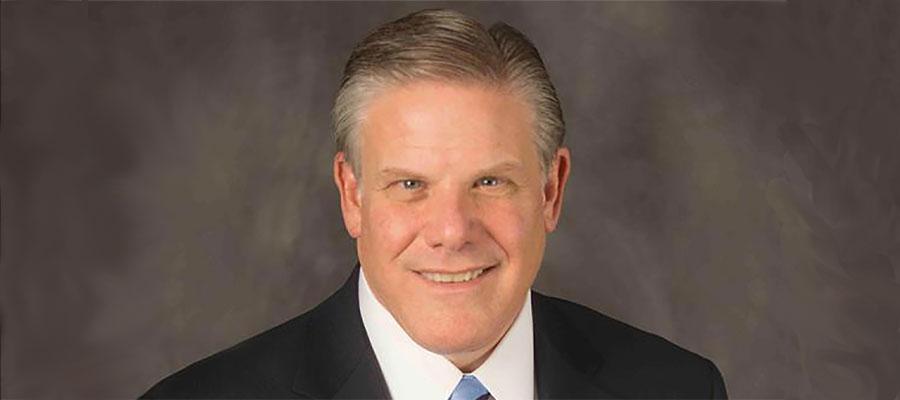Perspective: Ensuring physicians are there to care

The health field is undergoing unprecedented change driven by patients’ evolving needs, new technologies and new entrants. At the AHA, we’re focused on making sure America’s hospitals and health systems are always there to care for patients. This means helping them innovate new models of care and prepare for the future so they can keep their doors open for decades to come.
There’s another challenge our field must address: making sure we have enough physicians to meet the nation’s growing health care needs.
According to a 2018 study by the Association of American Medical Colleges, we currently have a shortage of around 20,000 physicians – and by 2030, that number could grow to more than 121,000 physicians.
Let that sink in: In 11 years, our doctor shortage could be six times what it is today, meaning much longer wait times to see both primary care providers and specialists. For patients in underserved rural and urban communities that are already experiencing shortages, this may mean traveling even further to access care.
The AHA’s vision is for everyone to reach their full health potential – and we need a well-trained physician workforce to fulfill this vision.
So how can we get there?
We can start by addressing one of the main drivers of this shortage: the federal government’s freeze on the number of Medicare-funded resident training slots at teaching hospitals.
Since Medicare began, the program has played a key role in funding physician training. This freeze – in place since 1997 – has severely limited hospitals’ ability to train the next generation of providers, especially in behavioral health, primary care and general surgery.
The good news: Congress can help fix this problem.
The bipartisan Resident Physician Shortage Reduction Act of 2019 (S. 348/H.R. 1763) would add 15,000 Medicare-funded residency slots over the next five years. At least half of these slots would be used for shortage specialty residency programs.
The AHA supports this legislation because America’s patients need access to dependable, quality health care – when and where they need it. Depending on the specialty, it can take up to 10 years to go from first-year med student to licensed, practicing physician. So we need Congress to act now — and we encourage you to contact your senators and representative, and ask them to cosponsor this legislation, because it is so vital to advancing health in America.
Another way we’re drawing attention to the issue is through the AHA Physician Alliance, which we launched in January 2018 to bring doctors and hospitals together to improve care and transform delivery. The Physician Alliance is lending more voices in support of adding Medicare-funded residency slots. It’s also working to foster resiliency among physician and executive teams, and help clinical teams improve care delivery. Read more here.
These are just some of the ways the AHA is fighting to make sure every community can count on a thriving local hospital and health system – and the providers who work there.

